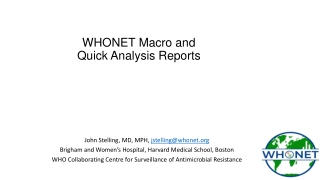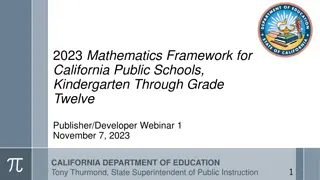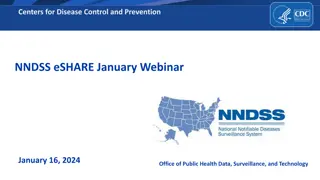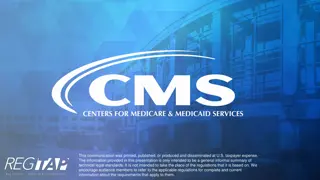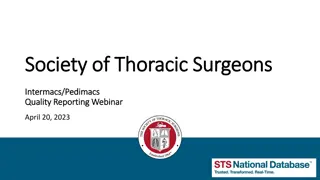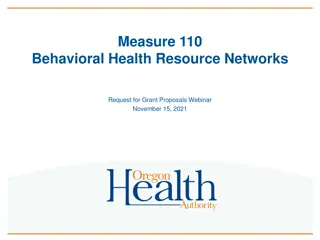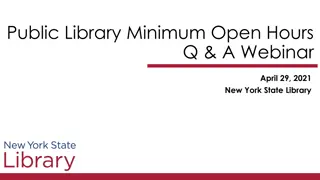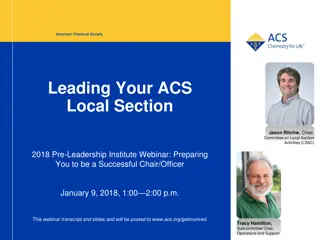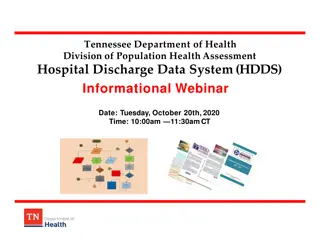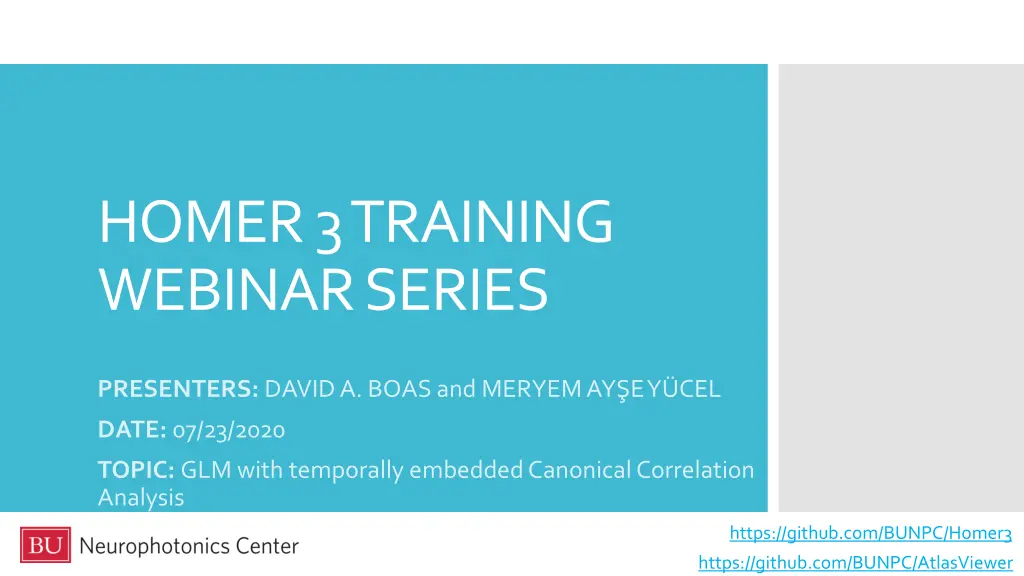
Temporal Embedding in GLM Analysis
Explore the use of GLM with temporally embedded Canonical Correlation Analysis (tCCA) for neuroimaging data analysis. Learn about the scientific background, HRF regressors, evaluation dataset, performance results, and insights on choosing auxiliary modalities for optimal results in functional near-infrared spectroscopy (fNIRS) studies. Discover how tCCA enhances GLM with improvements in correlation, RMSE, and F-Score metrics. Presented by David A. Boas and Meryem Ay E. Ycel in the Homer 3 training webinar series.
Uploaded on | 0 Views
Download Presentation

Please find below an Image/Link to download the presentation.
The content on the website is provided AS IS for your information and personal use only. It may not be sold, licensed, or shared on other websites without obtaining consent from the author. If you encounter any issues during the download, it is possible that the publisher has removed the file from their server.
You are allowed to download the files provided on this website for personal or commercial use, subject to the condition that they are used lawfully. All files are the property of their respective owners.
The content on the website is provided AS IS for your information and personal use only. It may not be sold, licensed, or shared on other websites without obtaining consent from the author.
E N D
Presentation Transcript
HOMER 3 TRAINING WEBINAR SERIES PRESENTERS: DAVID A. BOAS and MERYEM AY E Y CEL DATE: 07/23/2020 TOPIC: GLM with temporally embedded Canonical Correlation Analysis https://github.com/BUNPC/Homer3 https://github.com/BUNPC/AtlasViewer
Scientific background: GLM with temporally embedded Canonical Correlation Analysis (GLM with tCCA) OUTLINE Demo: GLM with tCCA demo with HOMER3 Q & A Session
GLM with temporally embedded Canonical Correlation Analysis SCIENTIFIC BACKGROUND
GLM HRF regressors ??(?) / (?) polynomial ?????? stimuli ?? NIRS Signals fNIRS GLM observed NIRS signals LS Y / ?? SS Physiol. noise regressors Evoked hemodyn. response ?? ? = ?? + ? ??????????
GLM with tCCA incorporates CCA with temporal embedding using multiple auxiliary signals (accel, fNIRS SS, and more) to generate optimal nuisance regressors for GLM von L hmann et al., NeuroImage, 2020
GLM with tCCA HRF regressors ??(?) / (?) polynomial ?????? stimuli ?? NIRS Signals fNIRS GLM observed NIRS signals LS Y / ?? SS ??? I) ? Evoked hemodyn. response ?? ? = ?? + ? Physiol. noise regressors o r Auxiliary Signals auxiliary signals ? tCCA ?????????? II) ??? BP PPG ? RESP ??= ? ?? Correlation threshold temporal embedding CCA ??? ????? ? ACCEL ??? = ? ??? ??? ??? von L hmann et al., NeuroImage, 2020
Evaluation Dataset (N=14) Resting data + synthetic HRF Acquired fNIRS + Short Sep. Additional BP, RESP, PPG, Accel Metrics: RMSE, CORR, F-Score von L hmann et al., NeuroImage, 2020
Performance Results HbO tCCA with GLM improves upon GLM with short separation regression: Corr +45% RMSE -55% F-Score 3.25-fold HbR von L hmann et al., NeuroImage, 2020
Which auxiliary modalities to choose? Insight: Short Separation Measurements and Accelerometer Suffice! von L hmann et al., NeuroImage, 2020
DATASET Resting state + synthetic HRF with three different peak amplitudes 120 Mol mm 60 Mol mm 20 Mol mm Half of the channels with HRF, half without snirf.data.measurementList(chidx).dataTypeLabel, defined as (1) for HRF added channels and (0) for no HRF channels

